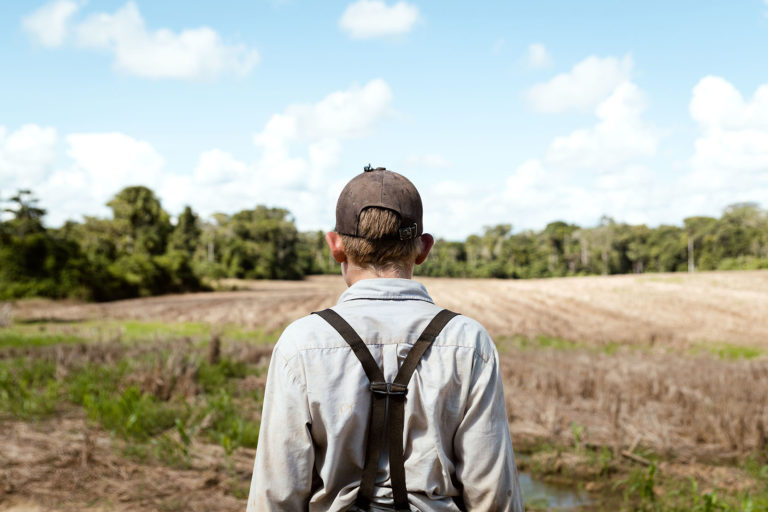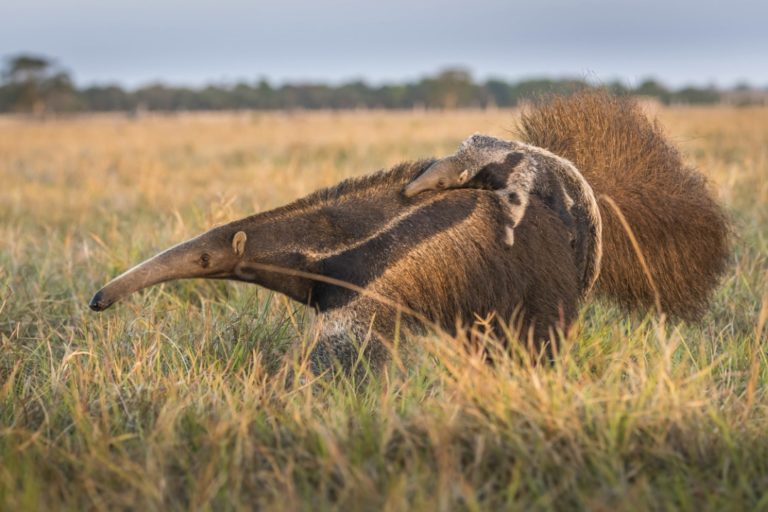

New photos showing the devastating impact of bushfire in east Gippsland forests are sparking renewed calls for the Victorian government to rethink its approach to logging and bring forward the promised 2030 phase-out of the native timber industry.
A series of before-and-after pictures by the photographer Rob Blakers show the impact of last summer’s fires on the slopes of Mount Kuark, known as one of the few places in Australia where cool and warm temperate rainforests grow together.
All shots were taken within a 48,500-hectare area that the premier, Daniel Andrews, announced in November would be immediately exempt from logging to protect the greater glider and other threatened species.
The Goongerah Environment Centre, a local conservation group, said all of Mount Kuark and more than 90% of the newly protected area in Gippsland had been razed.
Blakers, an experienced Tasmanian nature photographer, said before the fire the area’s south-facing slopes had been populated with primeval tree-ferns and giant sassafras trees with vast buttressed trunks. Now the tree-ferns were re-sprouting but the sassafras had been killed.
“We didn’t see a single one that had survived,” Blakers said. “A lot of the biggest eucalypts are gone too, either toppled in the fire or undermined so that they will fall in a storm. These were the best homes for owls and gliders.”
The fire appeared to have hit sheltered southern slopes and exposed northern slopes equally hard. “Wildlife wouldn’t have had a chance,” he said. “The forest now is terribly silent.”


The unprecedented fire season struck shortly after the Andrews government announced what it described as “the largest environmental protection policy in the state’s history”.
Andrews said 90,000 hectares of old-growth forest would be immediately protected, and a further 96,000 hectares of native forest set aside to save the greater glider, a marsupial that has seen its habitat sharply reduced by development, forestry and fire. Half of the latter was in the Gippsland fire-affected area.
The premier said timber supply agreements would be extended to 2024, at which point a $120m support package for exiting businesses and thousands of affected workers would kick in. All native forest logging would end by 2030, when there was expected to be an extra 50,000 hectares of plantation timber.
The announcement was strongly opposed by the Construction, Forestry, Maritime, Mining and Energy Union, which has hundreds of members in the timber industry, and was attacked by Bridget McKenzie, the then federal agriculture minister, who said it was “casting aside an entire industry and workforce”.
Andrews said the native timber supply had already reduced significantly, down about 50% in a decade, and that a large bushfire might hasten the industry’s end. He reiterated that warning on ABC radio as the fires burned in January. “We’ve said for a while now that the sustainability of this industry could be directly impacted by a significant fire event and that’s exactly what’s happened here,” he said.


Chris Shuringa, of the Goongerah Environment Centre, said the affected areas were ancient, fire-intolerant rainforests that had survived ice ages and needed centuries to recover, something they were unlikely to get as climate change increased the risk of repeat fires.
She urged the government to protect remaining pockets of unburnt forest while bringing forward a transition plan for the forestry industry, with assistance for workers and businesses. “The Andrews government must act now to protect remaining pockets of unburnt habitat and give wildlife the best chance of recovery,” she said.
The centre was one of seven environment groups that wrote to Andrews in January calling for an immediate response to the fires, including rewriting a greater glider action statement, expanding protected area immediately and other steps to protect burnt and unburnt forests.

An initial government assessment of the bushfire damage in Victoria found more than 25% of the state’s greater glider habitat and 70% of its warm temperate rainforest may have burned.
The government promised $17.5m for biodiversity recovery over the first six months and its timber agency, VicForests, temporarily voided some east Gippsland logging contracts after the fires.
In response to questions on Friday, a Victorian government spokesman said it was still “working through the impact on wildlife and biodiversity of the recent bushfires”.


